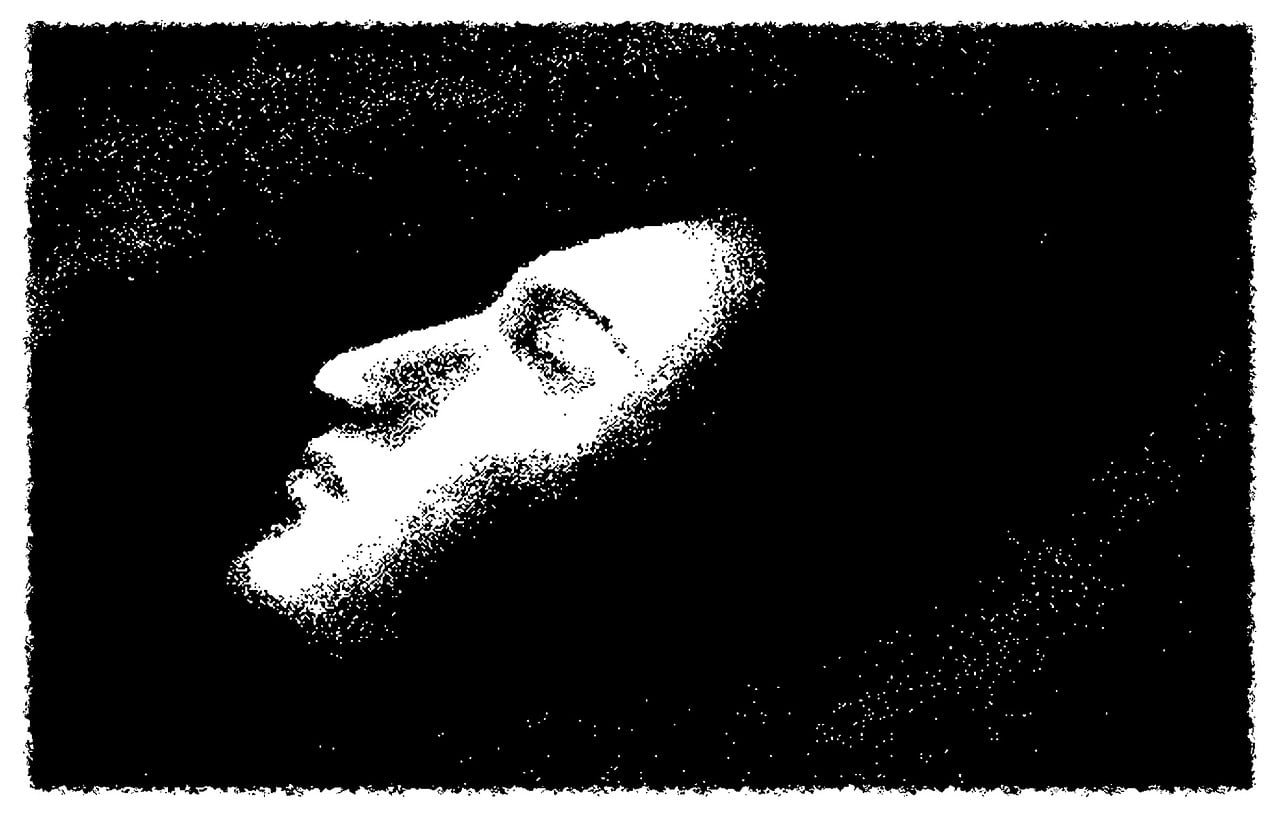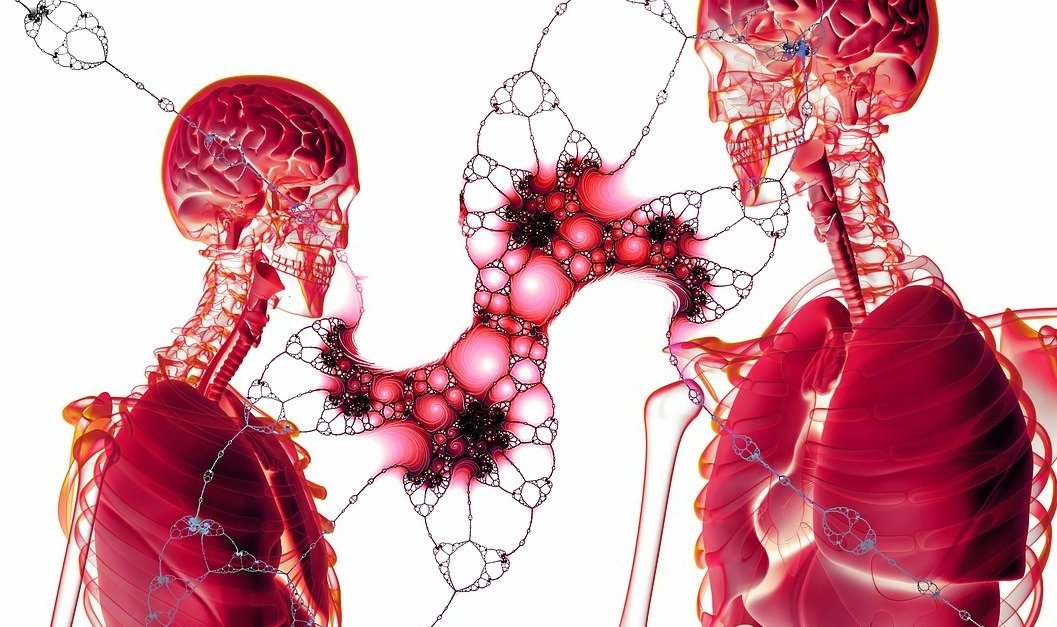We know that dopamine has different roles in different areas of the brain, such as for motor control, motivation, and reward, but dopamine also controls so-called “Go” and “No Go” processes, governing “action” or “inaction”.
Read MoreWaking Up the Senses and Parkinson's Disease
As I've improved my condition, both mental and physical, I'm more able to tune in to what is actually happening in my mind and body when the Parkinson's takes hold. As I've pushed the envelope of my understanding and incorporated more interventions into my own life, tested, tried, self-experimented, it has become clearer to me...
Read MoreThe Nervous System and Parkinson's Disease
Now for the very good news. Since we now understand that PD is principally a problem with the Nervous System, it is entirely possible that we can pro-actively prevent further degeneration, and even regain what we've already lost, because Vagal Tone can always be improved, neurons regenerated, neural pathways re-written, and senses retrained
Read MoreHope and Parkinson's Disease
Here is the book review for the new book on Parkinson's (search for "Lilian Sjoeberg" on your local amazon and the book should come up).
Read MoreDAT Scans and Parkinson's Disease
Dysregulation in the DAT ferrying system is associated with a number of chronic conditions, including ADHD, Bipolar, depression, eating disorders, substance abuse, Parkinson’s, and dystonia. If there is too much DAT activity, it means that there is a deficiency in active Dopamine outside the cell, as it is being pulled back inside the cell constantly.
Read MoreDopamine Breakdown and Parkinson's Disease: Part 2
In Part 1, we looked at how the MAO enzyme breaks down Dopamine in the brain and body, via what we termed the “MAO pathway”. In this part, we consider another pathway by which Dopamine is broken down, via another enzyme called Catechol-O-methyltransferase (COMT).
Read MoreStuck on Pause with Parkinson's Disease
Indeed, I was recently contacted on this topic by Dave Faller, a person with a PD diagnosis, who has been exploring ways to help himself. Dave has written a very useful two page summary of Janice’s “Stuck on Pause” book and other work, and so I asked him if we could reproduce it here. He agreed, and hence the article below.
Read MoreDopamine Breakdown and Parkinson's Disease: Part 1
In this follow up article, we will explore the various ways by which dopamine is chemically broken down, degraded, or metabolized. In doing so, we will provide yet another, more hopeful, story, that the reversible problem may be more to do with the breakdown of dopamine occurring too fast after it has been synthesized, rather than cells dying.
Read MoreFright and Parkinson's Disease
In recently re-reading this excellent article, it struck me that, as part of their own literature review, the authors describe what it is like on the inside to be in the fright response, and hence according to my thesis, what is like to be symptomatic with PD.
Read MoreAcetylcholine, Dopamine and Parkinson's Disease
In reality, the interactions between very many different neurotransmitters is super strong. It is not just the lack of one chemical that causes the problems in many cases, but actually it is the resulting lack of balance with other chemicals.
Read MoreSleep and Parkinson's Disease, Part 2
At that time, I had not quite perfected my routine or sleep quality. I am now doing quite well with it, and my sleep is much better than it has probably ever been. So in this second part, I will just do a show and tell about the things I ended up implementing that actually worked for me, in case this is helpful for anyone else to follow.
Read MoreEmotional Armouring and Parkinson's Disease
I am working with folks with movement disorders to explore the use of neurofeedback and photobiomodulation to aid them in their recovery. In this article, I cover my background, and how I arrived at these as a solution.
Read MoreHistamine, Allergies and Parkinson's Disease
I began following this line of research, and I discovered very many curious inter-relationships and joined up a number of seemingly disparate dots.... dots which would never have been connected by the specialist-centric nature of our healthcare systems!
Read MoreFascia Decompression and Parkinson's Disease
Lack of Oxygen to the Brain in Parkinson's Disease
If I had been seen by the neurologist only, then I simply would never have received the intensive physiotherapy for thoracic outlet - which did relieve the very worst of the pains, numbness and pins and needles sensations. However, I know from networking extensively with other people diagnosed with PD, many neurologists routinely discount injuries and body traumas as contributing factors and ascribe virtually all symptoms, including those more normally associated with nerve damage, to the Parkinson's.
Read MoreConstipation and Parkinson's Disease
I will cover below how I managed to resolve this for myself, and then we will look at the potential mechanisms of why constipation and PD symptoms are linked, I will first explain my self-observations which lead me to this conclusion.
Read MoreThe Endocannabinoid System and Parkinson's Disease
The Endocannabinoid System (eCBS) runs throughout our bodies and brains, and, as we will see, seems to have many of the functions we currently ascribe to the Autonomic Nervous System and the Vagus Nerve, or at least is a parallel system for these functions. This includes having a vital role in regulating stress and dopamine, indicating this system is likely to be highly relevant to Parkinson’s Disease.
Read MoreTremors and Parkinson's Disease
Fortunately, from the perspective that tremors are a manifestation of a stuck stress response, this type of symptom can be progressively alleviated through stress reduction techniques and therapy, by learning how to calm the nervous system, and by spending more time in totally relaxed states. Indeed, this is demonstrated in videos of people’s tremors disappearing when they are put into a trance state by a hypnotherapist, as in the video below, or by common anecdotal reports that when meditating, the tremors are not present.
Read MoreThe Neck and Parkinson's Disease, Part 2
This is a follow on from previous articles on the subjects of the roles of lack of oxygen to the brain, the neck and breathing problems in Parkinson’s Disease. Here, we focus on the potentially profound role of special chemical sensors in our necks, which most people affected by PD will never have heard of, called “carotid bodies”.
Read MoreReducing Stress and Parkinson's Disease
I have used three hours a day for three years (more than three thousand hours) searching the internet for videos and studies that could give me answers. When I made my small test experiment with people with different diseases, I found that I could help them all with stress reduction. Regardless of diagnosis, I could help them reduce symptoms.
Read More


















